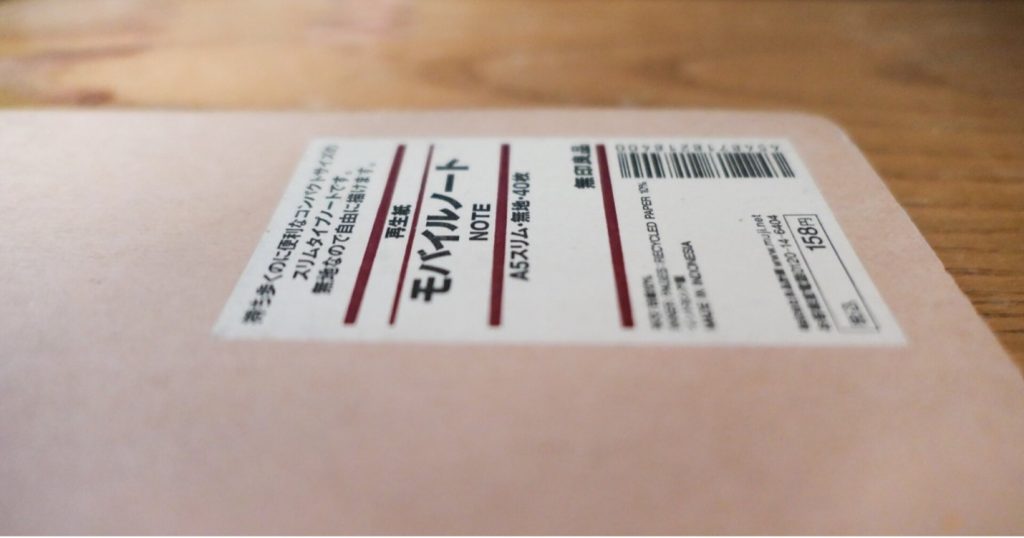On-demand printing for production, packing, or shipping is the standard operating procedure in today’s just-in-time environment. Without it, an organization has little choice but to stock pre-printed items or manually produce labels, packing slips, and other documentation attached to outbound goods. Label printing is as important as any step in the manufacturing process. The labels must print flawlessly and fit the application. Fast production is a must. A hiccup stalls the entire workflow.
What Do Labels Do?
Manufacturing is a complex process. A workflow simplifies the steps in the procedure and acts as a mechanism for reducing error. Manufacturers can streamline their production process by using labels to identify the right part for the final product in the correct sequence. Labeling is a step in a quality assurance standard set by the manufacturer. A bulletproof label printing and application protocol avoids a variety of undesirable outcomes. Delayed shipments, loss of contracts, and reduced productivity can occur if labels are not accurate, readable, and available when they are needed.
Workflow QA
A device such as a Zebra thermal label printer can keep the workflow “honest.” That means the next automated step in the workflow will not start until a worker removes a printed label from the printer. Label removal is a trigger for the next step in the workflow to take place. This quality assurance safeguard ensures the label is removed from the printer and applied to the item.
Variable Data: Marketing, Medical, Manufacturing, and Meals
The core attribute of on-demand label printing is variability. Some or all the content could be variable. Label generation is a transaction-heavy process where data can come from many disparate sources. Marketing, accounting, logistics, and inventory management applications supply data for the label printing software, which combines and formats the data to cause a printer to produce a label.
In food processing, labels print with stocking numbers, origin codes, and perishable dates. Pharmaceuticals are similar, but with added tracking information. Marketing applications use labels that are specific to the offer or the customer. An example of variable data in the manufacturing process is a high-end guitar company. A label inside the body of the instrument is visible through the sound hole. Each label includes a serial number allowing the manufacturer to determine where the guitar was made, the manufacturing date, and its place in the line of all instruments manufactured that day. That is variable data.
Time Sensitive
Labels for manufacturing, fulfillment, or shipping are perennially time-sensitive. Labels must print just in time. They are part of the manufacturing process. If a bolt, nut, or bracket is not ready and at hand when assembling a hard good, the production line stops. Those parts have to be there at the right time. A label is no different. Label printing hardware and software combine to produce the right label for the right process at the right time.
See an example of how the right label solution can save valuable time in any production process in this video.
Hardware Environment
Choosing the correct label printing hardware is critical. Harsh conditions call for industrial-strength printers. Dramatic swings in temperature, dust, and weather on a loading dock come to mind. Sealed cabinetry can protect the label printing process and may apply in some environments. Cheap printers in a high-stress situation defeat the idea of a streamlined workflow when they break down. On the other hand, companies need not overspend for a rugged-duty thermal label printer that sits on a desk in an air-conditioned office. Zebra manufactures a complete line of thermal label printers to satisfy requirements from light-duty home office use to high-volume rigorous applications.
The Process is Only as Good as the Label
Thermal labels are considerably different from plain paper. Unlike general office printing where acceptable performance can be achieved using store brand paper in the office’s multi-function printer, thermal label printers in mission-critical applications require higher quality label stock. As mentioned, label generation is a cog in the production wheel. You cannot afford a stall caused by inferior generic label stock. The pennies saved on labels do not compare to dollars lost because of a production stoppage. Longevity and durability are also questionable in off-brand thermal labels.
Label Data from Everywhere
Dynamic, data-driven labels use raw information from different enterprise systems and formats to create the finished product. Labels can be generated interactively or in batch. Consolidating this information and designing the required label can be a daunting task without specialized label governance software tools.
Eclipse DocOrigin provides this level of functionality for label design and printing. In production on AIX, Linux, IBM, and Windows servers, DocOrigin merges raw data from any business software, no matter the format, to produce a single label or batches of labels. DocOrigin is an essential part of an efficient workflow for any industry where labels are essential for moving the product from manufacturing to the customer.

